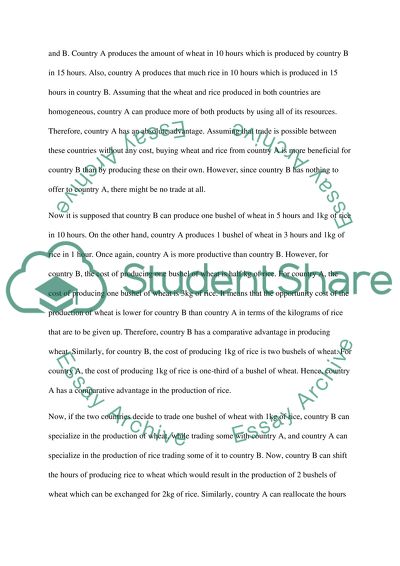Cite this document
(“Multinational Corporations Essay Example | Topics and Well Written Essays - 1250 words”, n.d.)
Retrieved from https://studentshare.org/finance-accounting/1461915-multinational-corporations
Retrieved from https://studentshare.org/finance-accounting/1461915-multinational-corporations
(Multinational Corporations Essay Example | Topics and Well Written Essays - 1250 Words)
https://studentshare.org/finance-accounting/1461915-multinational-corporations.
https://studentshare.org/finance-accounting/1461915-multinational-corporations.
“Multinational Corporations Essay Example | Topics and Well Written Essays - 1250 Words”, n.d. https://studentshare.org/finance-accounting/1461915-multinational-corporations.


